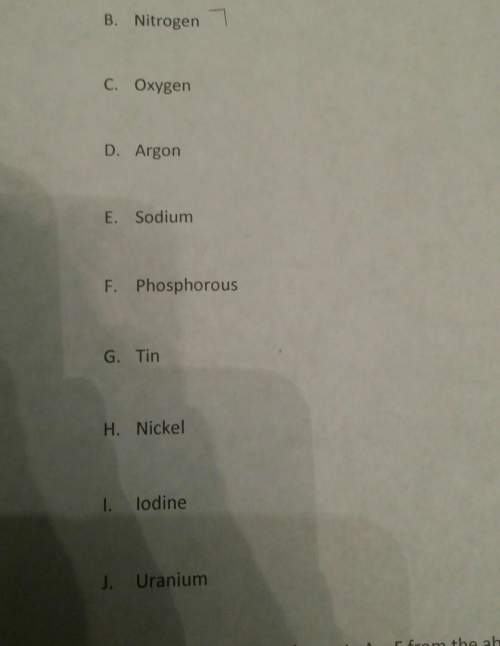
This question has multiple parts. work all the parts to get the most points. one method for preparing a nitrile is the dehydration of a primary amide. provide the mechanism for the reaction below: reaction a use curved arrows to show the mechanism of the step below. make the ends of your arrows specify the origin and destination of reorganizing electrons. arrow-pushing instructions b use curved arrows to show the mechanism of the step below. make the ends of your arrows specify the origin and destination of reorganizing electrons. arrow-pushing instructions c use curved arrows to show the mechanism of the step below. make the ends of your arrows specify the origin and destination of reorganizing electrons. arrow-pushing instructions d use curved arrows to show the mechanism of the step below. make the ends of your arrows specify the origin and destination of reorganizing electrons. arrow-pushing instructions

Answers: 1
Other questions on the subject: Chemistry

Chemistry, 22.06.2019 11:40, arlabbe0606
Effect of rotenone and antimycin a on electron transfer rotenone, a toxic natural product from plants, strongly inhibits nadh dehydrogenase of insect and fish mitochondria. antimycin a, a toxic antibiotic, strongly inhibits the oxidation of ubiquinol. (a) explain why rotenone ingestion is lethal to some insect and fish species. (b) explain why antimycin a is a poison. (c) given that rotenone and antimycin a are equally effective in blocking their respective sites in the electron-transfer chain, which would be a more potent poison? explain.
Answers: 3



Chemistry, 22.06.2019 23:30, bxymichelle
With the largest atoms and the smallest number of valence electrons and with the smallest atoms and the greatest number of valence electrons are the most reactive. a. nonmetals; metals b. nonmetals; transition elements c. transition elements; metals d. metals; nonmetals
Answers: 3
Do you know the correct answer?
This question has multiple parts. work all the parts to get the most points. one method for preparin...
Questions in other subjects:



History, 19.08.2021 21:10


Biology, 19.08.2021 21:10













